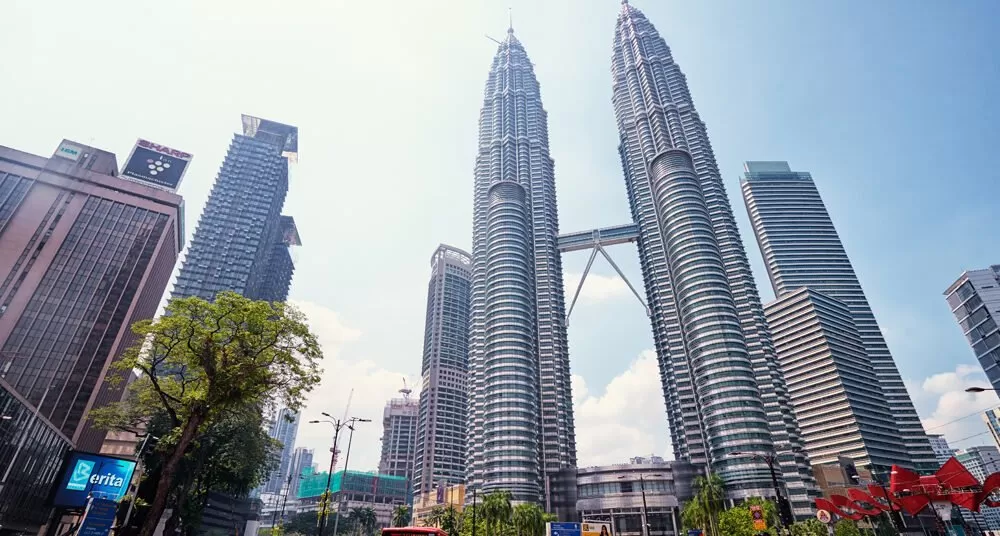
Malaysia is among the most developed economies in South East Asia and infrastructure is the hallmark of its development. The country boasts a quality of infrastructure ahead of most ASEAN economies which affords a distinct advantage to investors and companies, offering an excellent springboard for growth.
The average income in Malaysia has grown at a consistent pace for several years, contributing to a huge growth in national consumption expenditure that has doubled since 2008. This serves as a calling card to foreign investors looking to capitalise on the 31-million-strong consumer base in Malaysia. Malaysia hosts five investment corridors across its geographic landscape. The two main corridors are the East Coast Economic Region (ECER) and the Iskandar SEZ. The ECER hopes to attract 120,000 new jobs and US$16 BN in investments by 2025. To turn this hope into reality, it proffers investors with competitive incentives such as an income tax exemption of 100% for 10 years and stamp duty exemption on land or building purchased for development. The government, further, grants manufacturing companies that choose to relocate to Malaysia a zero tax rate for 10 or 15 years, depending on the amount of capital investment made. It also gives a 100% tax allowance for five years to encourage existing companies to repatriate their overseas facilities to Malaysia.
Amid the pandemic, the country announced a slew of policies and incentives to help battle the economic effects. In May 2021, the Minister in the Prime Minister’s Department (Economy) Datuk Seri Mustapa Mohamed, said the economic stimulus packages like Prihatin; Prihatin Package for Small and Medium Enterprises (Additional Measures); National Economic Recovery Plan (Penjana- includes various initiatives and programmes aimed at attracting more foreign direct investment); the Malaysian Economic and Rakyat’s Protection Scheme (Permai); the Strategic Programme to Empower the People and Economy (Pemerkasa) and the 2021 Budget have had a positive impact on the country’s economic growth. Several key economic indicators recorded stronger performance, including the country’s Industrial Production Index which jumped 9.3 per cent in March 2021 — the highest growth since July 2013, driven by the Manufacturing and Electricity Index which increased by 12.7 per cent and 10.3 per cent, respectively.
Major infrastructure projects such as East Coast Rail Link and Pan-Borneo Highway network project progresses as planned as per EIU forecast review. Malaysia is classified by the World Bank as an upper middle-income country. As per the EIU May 2021 report, the country has attracted both low- and high-skilled foreign labour, remittances of which have resulted in persistent shortfalls on the secondary income account. We expect remittance outflows to exceed inflows throughout 2021-25.
Stay up to update with our latest news.
Have Us Contact You

© Copyright ASEAN Business Partners 2025 I Sitemap I Privacy Policy